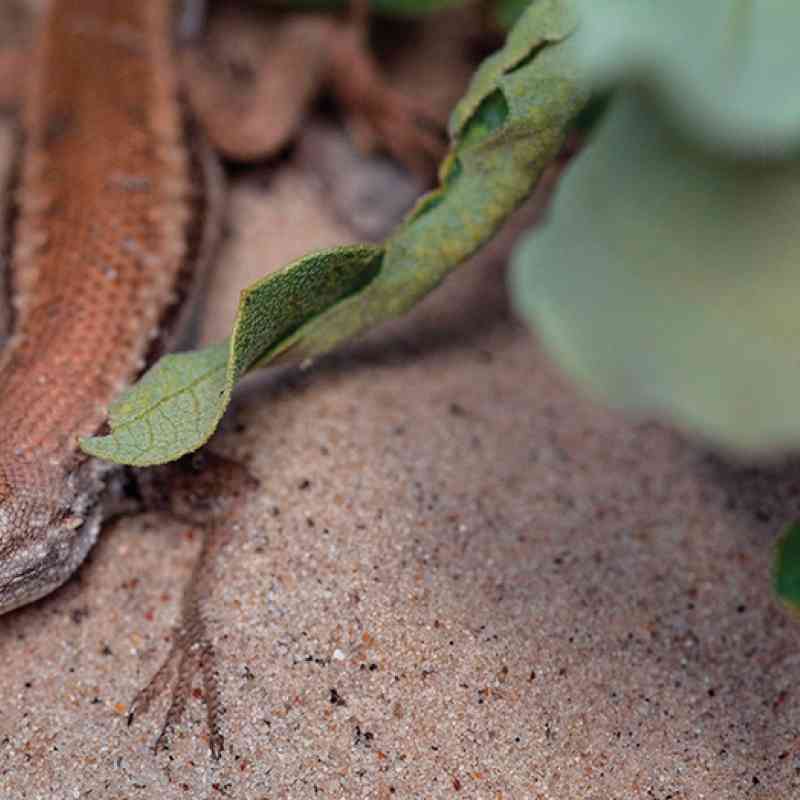Defenders of Wildlife staunchly opposes today’s Committee on Natural Resources Subcommittee on Water, Wildlife and Fisheries’ hearing on “America’s Wildlife Habitat and Conservation Act” sponsored by chairman Bruce Westerman (R-AR).
Rep. Westerman’s misleadingly titled bill has little to do with conserving wildlife and is in fact a vehicle designed to undermine our nation’s strongest conservation tools.
“This bill is one of the most extreme examples of anti-Endangered Species Act that we’ve seen this Congress,” said Robert Dewey, vice president of government relations for Defenders of Wildlife. “With such a name, it can only be construed as a Trojan horse loaded with provisions that weaken wildlife protections and ignore the realities of climate change. If passed, it would take our nation backwards in the fight against the climate and biodiversity crisis.”
The bill would also give new life to anti-wildlife “Cottonwood” legislation and allow the Forest Service or Bureau of Land Management to skip updating management plans when new species are listed under the Endangered Species Act or critical habitat is designated, with new information about the harms they may face — which is increasingly relevant as the nation faces the escalating impacts of climate change.
“From drastically reducing wildlife habitat designations to cutting millions of dollars of Inflation Reduction Act funding from NOAA and the Council on Environmental Quality to providing only a fraction of the funding needed to conserve and protect species on the brink of extinction, this bill is a sham and outrage against imperiled species” Dewey continued.
The bill further jeopardizes federal protections for threatened species by weakening 4(d) protective rules and prioritizing state recovery strategies, even if those strategies are not based on the best available science or are less protective than what federal agencies deemed necessary. Overreliance on state recovery strategies at the expense of federal leadership has often led to failures for species, with examples including the dunes sagebrush lizard and the lesser prairie-chicken.
The bill would also drastically reduce how critical habitat designation could occur on private lands, which provide habitat to more than two-thirds of threatened and endangered species.
For over 75 years, Defenders of Wildlife has remained dedicated to protecting all native animals and plants in their natural communities. With a nationwide network of nearly 2.1 million members and activists, Defenders of Wildlife is a leading advocate for innovative solutions to safeguard our wildlife for generations to come. To learn more, please visit https://defenders.org/newsroom or follow us on X @Defenders.



